Flooding forces more than 100,000 to flee their homes in Paraguay, Uruguay, Brazil and Argentina
In the worse affected country, Paraguay, around 90,000 people around the capital city of Asuncion have been evacuated
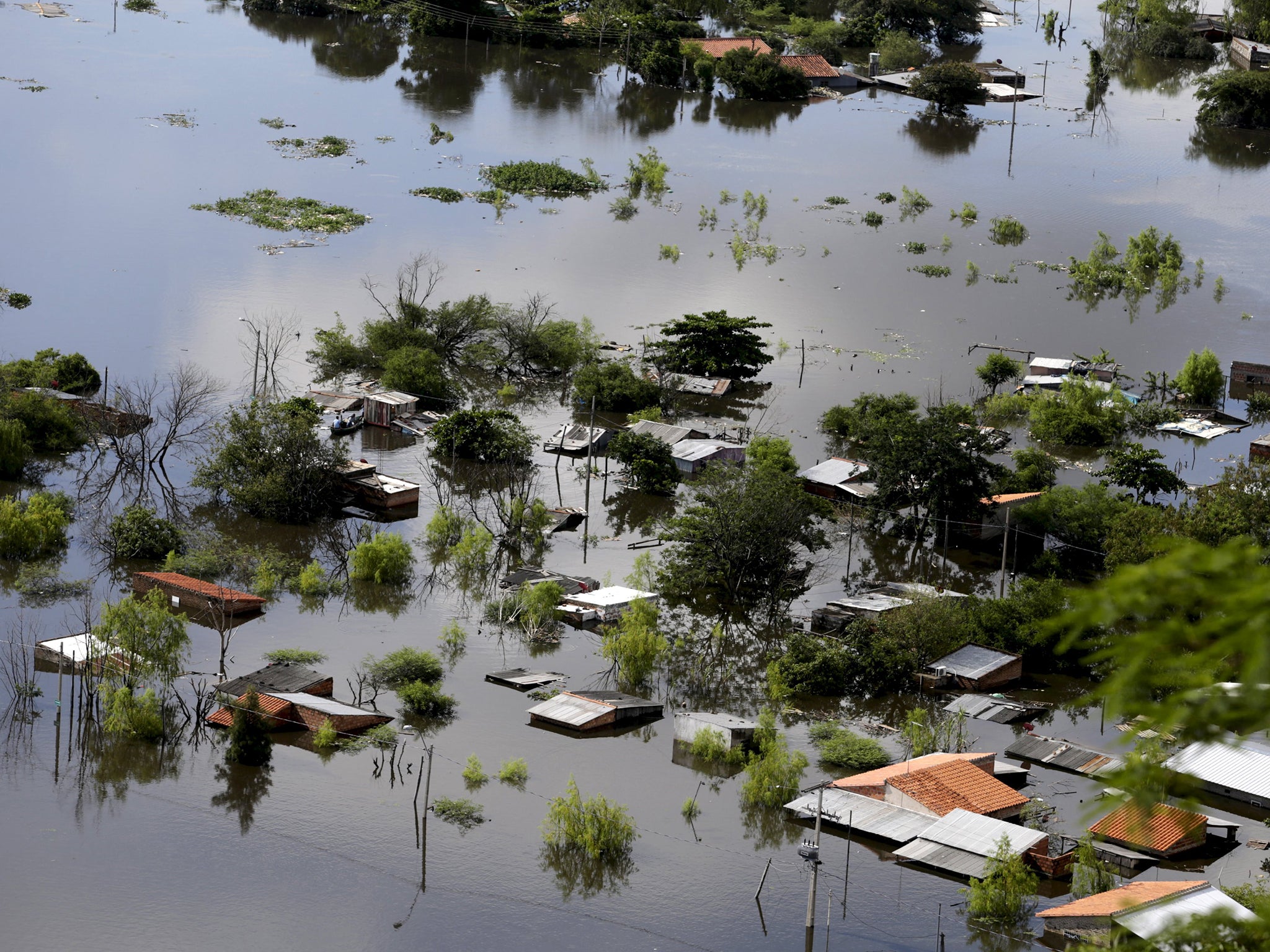
Your support helps us to tell the story
From reproductive rights to climate change to Big Tech, The Independent is on the ground when the story is developing. Whether it's investigating the financials of Elon Musk's pro-Trump PAC or producing our latest documentary, 'The A Word', which shines a light on the American women fighting for reproductive rights, we know how important it is to parse out the facts from the messaging.
At such a critical moment in US history, we need reporters on the ground. Your donation allows us to keep sending journalists to speak to both sides of the story.
The Independent is trusted by Americans across the entire political spectrum. And unlike many other quality news outlets, we choose not to lock Americans out of our reporting and analysis with paywalls. We believe quality journalism should be available to everyone, paid for by those who can afford it.
Your support makes all the difference.More than 100,000 people have had to evacuate from their homes in the bordering areas of Paraguay, Uruguay, Brazil and Argentina due to severe flooding in the wake of heavy summer rains brought on by El Niño, authorities said on Saturday.
In the worse affected country, Paraguay, around 90,000 people in the area around the capital city of Asuncion have been evacuated, the municipal Emergencies Office said. Many are poor families living in precarious housing along the banks of the River Paraguay.
The Paraguayan government has declared a state of emergency in Asuncion and seven regions of the country to free up funds to help those affected. Several people have been killed by trees falling in the storms that caused the flooding, local media reported. There was no official death toll yet.
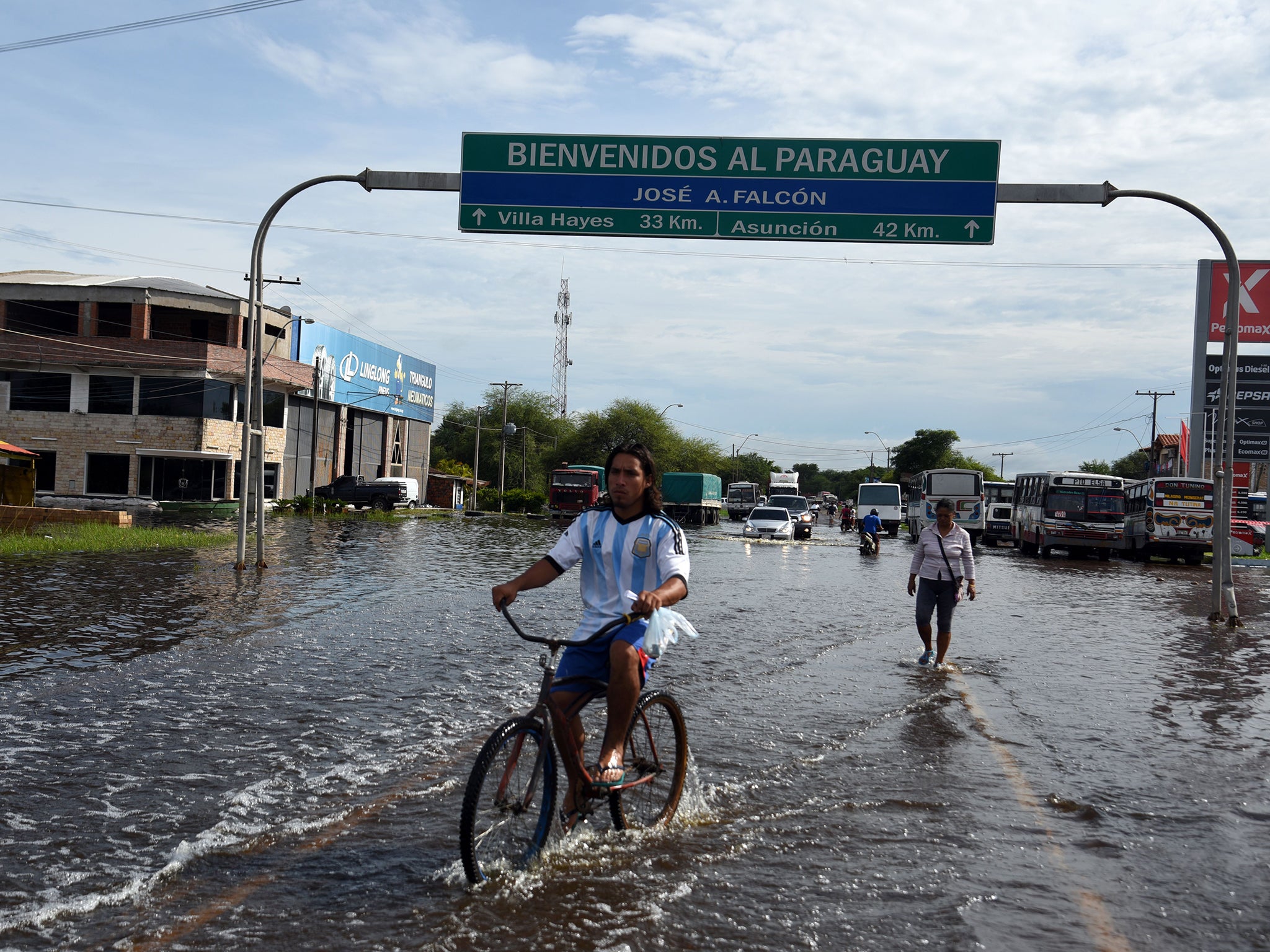
In Alberdi, some 120 kilometers (75 miles) south of Asuncion, the government recommended that several thousand more people living along the banks of the River Paraguay evacuate.
"(The flooding) was directly influenced by the El Niño phenomenon which has intensified the frequency and intensity of rains," the national Emergencies Office said.
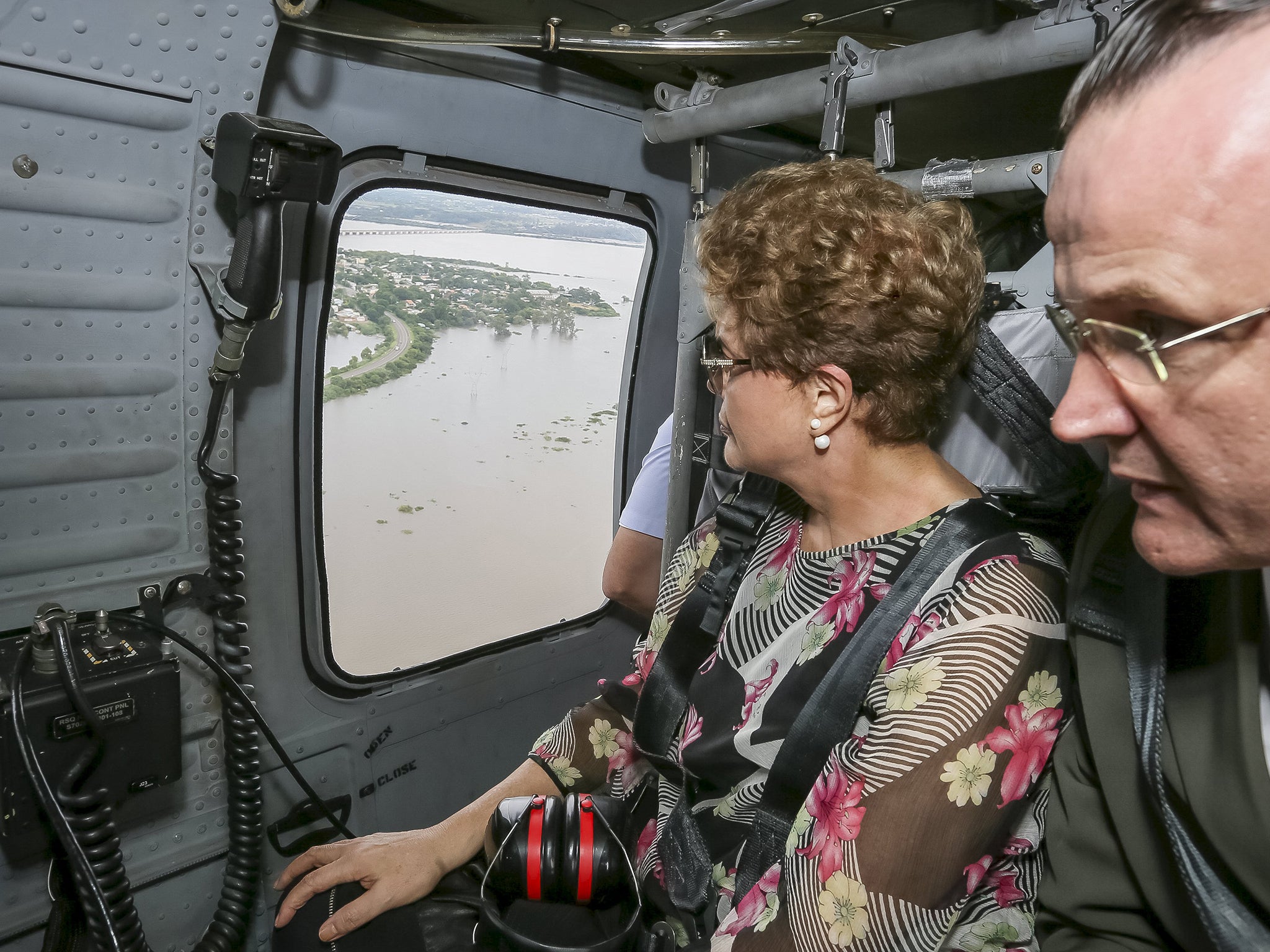
This year's "El Nino," which sparks global climate extremes, is the worst in more than 15 years, the U.N. weather agency, the World Meteorological Organization (WMO), said last month.
"Severe droughts and devastating flooding being experienced throughout the tropics and sub-tropical zones bear the hallmarks of this El Nino, which is the strongest in more than 15 years," WMO chief Michel Jarraud said in a statement.
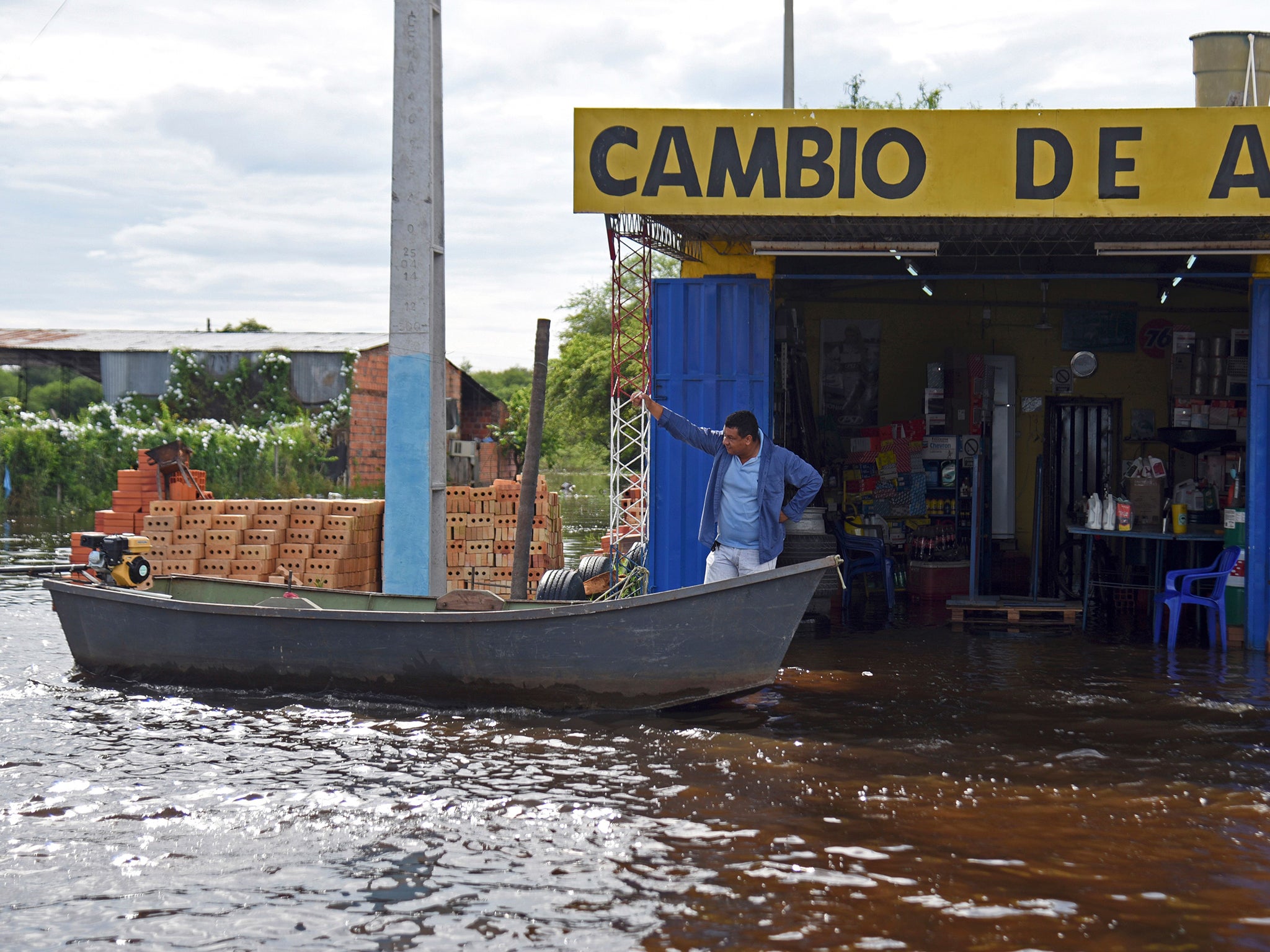
Officials at Paraguay's Emergencies Office said the river might rise even more in the coming days, stabilizing and falling back towards normal levels from January onwards.
In northern Argentina, around 20,000 people have also had to abandon their homes, the government said on Saturday.
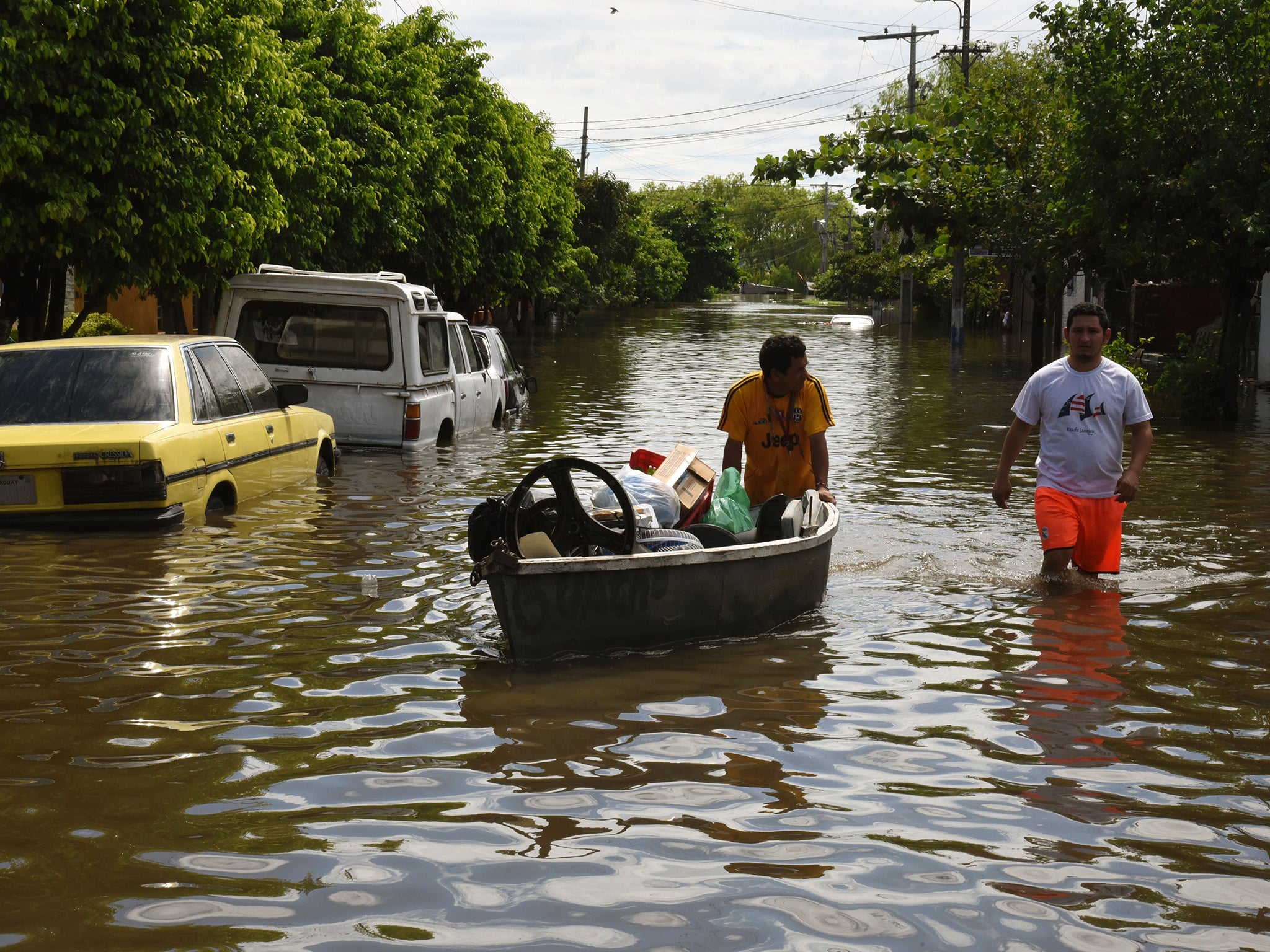
"We are going to have a few complicated months, the consequences will be serious," said Ricardo Colombi, the governor of the Corrientes region, after flying over the worst affected areas with national Cabinet Chief Marcos Pena.
Pena said national government aid was already on its way and the new president, Mauricio Macri, who took office earlier this month, intended to make improving infrastructure a priority so that such flooding did not occur again.
"Argentina has a very big lack of infrastructure," he said. Macri will visit the flooded areas on Sunday.
In Uruguay, more than 9,000 people have had to flee their homes, according to the national Emergencies Office, which added that it expected water levels to remain at their current level for several days before subsiding.
At least four people have died in Argentina and Uruguay due to the storms and floods, according to local media reports. One was reported to have drowned while another was electrocuted by a fallen power cable.
Brazil's President Dilma Rousseff also flew over the flooded areas on the border with Argentina and Uruguay on Saturday morning. Rio Grande do Sul state Civil Defense said 1,795 people were left homeless there after 38 towns were affected by heavy rains.
Reuters
Join our commenting forum
Join thought-provoking conversations, follow other Independent readers and see their replies
Comments